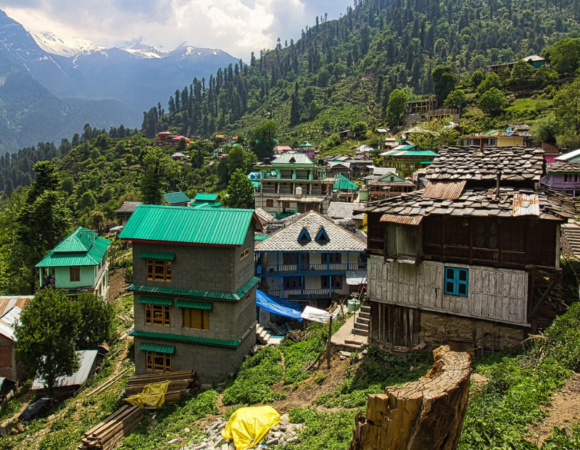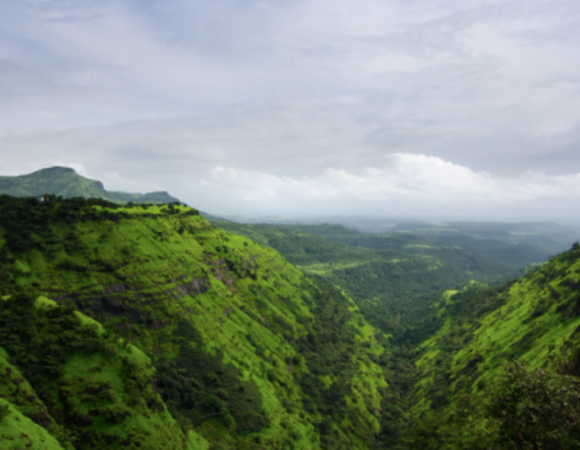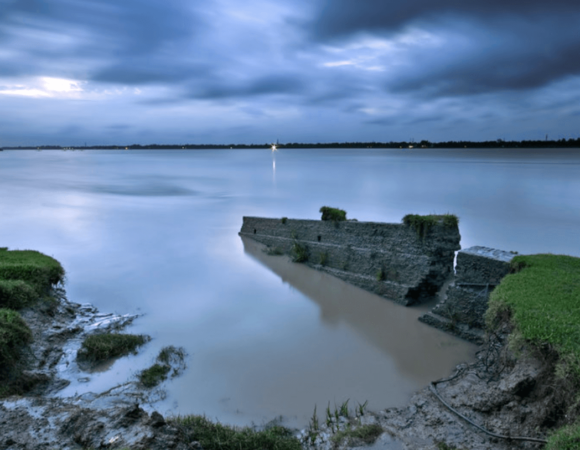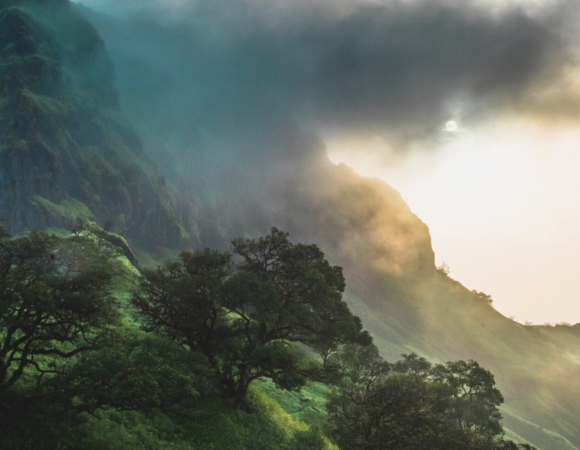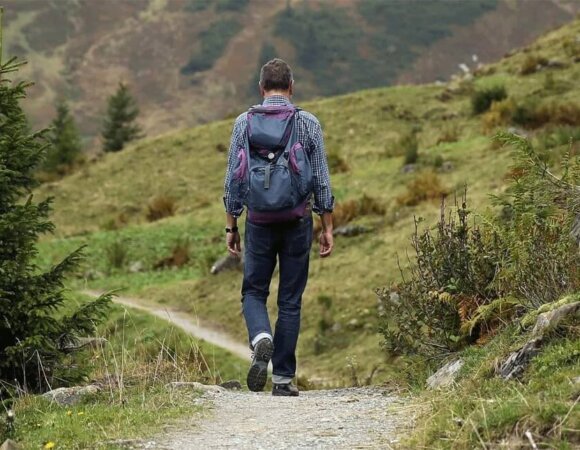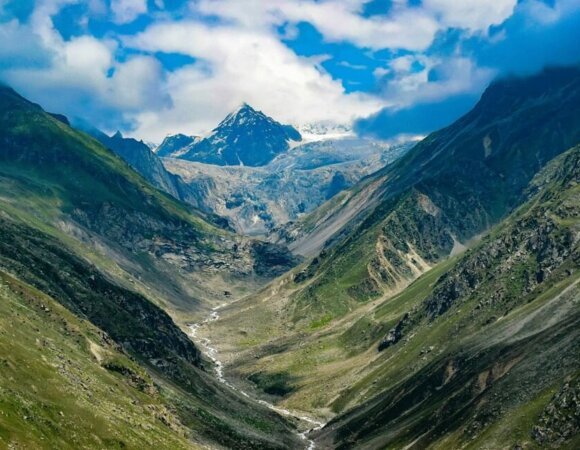Mulkarkha Lake Trek Guide 2024: History, Highlights, Best Time to Visit, Itinerary, and FAQs
Table of Contents
ToggleTranquil places with pleasing sights are hard qualities to come together under the same roof. Here’s a chance to be under that same roof. Introducing Mulkarkha Lake at an elevation of 7500 feet above sea level. The route to Mulkarkha Lake trek is one of the adventurous and untouched trails of the Himalayan foothills. The mesmerising feature of this lake is the reflection of Mt. Kanchenjunga on its idyllic waters.

The locals consider Mulkarkha Lake trek as Manokamana (Wishing) Lake. Enjoy the lakeside also surrounding forests, and a sumptuous traditional food at the eastern part of India. Connectivity to Aritar Lake and waterfalls nearby makes the trek adventurous. Mulkarkha village is a small village of few villagers settled there. It is in amidst of Neora National Park making it pure forest to witness.
History of Mulkarkha Lake Trek
Mulkarkha lake trek’s beauty is matchless. Mulkarkha Lake’s natural colour and shine make it appear as a mirror. The mighty Kanchenjunga is reflected in the crystal clear water, it is a view every trekker would want to witness. Mulkarkha lake also means a visit to Aritar lake also. The region is surrounded by lush forests, mountains and rivers.
Aritar Lake (Ghati-Tso) is a nearby attraction, as are monasteries such as Lingsay and traditional villages. Aritar Lake is one of the oldest natural lakes in Sikkim. It was built to facilitate boating present at an altitude of 4600 ft, the only boat-ready lake in Sikkim.
Key points of Mulkarkha Lake Trek
| AREA | Darjeeling District, West Bengal. Pakyong, Sikkim. |
| DURATION | 6 days |
| BEST SEASON | October to January |
| GRADE | Easy to Moderate. |
| ALTITUDE | 7500 ft |
| APPROXIMATE KM | 22 KM |
Highlights of Mulkarkha Lake Trek
- Reflection of Kanchenjunga on Mulkarkha Lake.
- Secret waterfalls Servang falls.
- Sanskrit Vidyalaya in Lingzey, beholds stocks of valuable books of Hinduism.
- Hot Suphur Spring in Lingzey, traditional Lepcha Houses are attractions here.
- A perfect picnic for serene views and peaceful souls.



Location of Mulkarkha Lake Trek
Isolated from other states, surrounded by Sikkim and Darjeeling WB. Located at the edge of the Himalayas in the Pakyong district of Sikkim.
Villages at glance: Lingzey, Jhusing, Tagathan, Mulkarkha and Rangpo.
Best time to visit Mulkarkha Lake Trek
Winter (October to January): Clearer view and snow covered peaks look more prominent. Birds are easily spottable at this time.
Min Temperature: 0°c | Max Temperature: 12°c.
Average temperature ranges from 10 °c to 20 °c.
How To Reach Mulkarkha Lake Trek
By Air:-
Nearest Airport is Bagdogra, then reach Rangpo, hire or share a jeep to Lingzey.
By Train:-
Railway station is New Jalpaiguri, then reach Rangpo, hire or share a jeep to Lingzey.
Itinerary Of Mulkarkha Lake Trek
Day 1 : Bagdogra to Lingzey
104 km | 4 Hours – Karuneshwar Shivalaya is one of the biggest Shiv temples in 24 Martam Rumtek, Gangtok. There is also a Sanskrit school, famous for valuable Hindu scriptures.
Day 2 : Lingzey to Jhusing
5 km | 4 Hours – Trek begins here, Jhusing viewpoint serves pleasing views of valleys of Sikkim to our eyes. Servang waterfalls here are perfect for a quick splash of water and enjoy the stay here in Jhusing.
Day 3 : Jhusing to Tagathan
3 km | 3 Hours – Waterfalls such as Tagathan Falls and Dhoksingh Falls can be enjoyed nearby. In the depths of Neora National Park, virgin forests at thicks find rare fauna and flora. Homestay at Tagathan.
Day 4 : Tagathan to Mulkarkha
3 km | 3 Hours – A small village with beauty of nature, authentic and aesthetic food by locals to touch your soul. Almost 1 hour away from Mulkarkha village is Mulkarkha Lake. Roam around and feel the fresh air, sweet chirping of birds and reflection of the mighty of Mt. Kanchenjunga. Also visit Aritar Lake known as Lampokhri, S shaped and emerald in colour. It is just 30 mins away from Mulkarkha village.
Day 5 : Mulkarkha to Lingzey
11 km | 6 Hours – It would be the longest, rest well and freshen up. Pithamchin village and Sherpa monastery are some places to visit, if you have time. Dawaipani (Hot water sulphur-rich spring) is strong suggestion to visit after such a tiring trek to seal the deal.
Read more: Dzongri Trek
Day 6 : Lingzey to NJP
Unravelling stories to friends and dears about the trek and sharing some good stills is a perfect time.
In conclusion, the Mulkarkha Lake Trek is a stunning adventure that takes hikers through breathtaking landscapes in Nepal. The trek offers a chance to explore the Himalayan Mountains, passing through lush forests, traditional villages, and high altitude lakes. The highlight of the trek is the beautiful Mulkarkha Lake, which is surrounded by towering snow-capped peaks and offers a serene and peaceful atmosphere.
The trek is suitable for all levels of hikers, from beginners to experienced trekkers. It is a fantastic way to experience the natural beauty of Nepal and immerse oneself in the local culture. Overall, the Mulkarkha Lake Trek is an unforgettable journey that is sure to leave a lasting impression.
Frequently Asked Questions FAQ’s for Mulkarkha Lake Trek
Where is Mulkarkha lake trek actually located?
Geographical division makes it in Sikkim, but it is at the border between West Bengal and Sikkim.
Why to cover Mulkarkha lake Trek?
Easy and tranquil trek, short on time still you can ace this trek. Why not Mulkarkha?
What would it cost for a trek to Mulkarkha lake trek?
Anything between 5k to 10k, depending on your choices.
Other destinations to reach Mulkarkha lake trek?
One is reaching Lingzey village or else reaching Rhenock, then a 2km trek to Lingzey village.
What is the colour of Mulkarkha Lake Trek?
In the shade of greenish hue, the beauty of the lake adds a smile to trekkers’ faces.
How to cut the number of days of Mulkarkha Lake Trek?
Maximum you can try is cut 2 days, making it a 3 day trek.
How difficult is the Mulkarkha Lake Trek?
The Mulkarkha Lake Trek is a moderate-level trek that requires a good level of fitness and stamina. The trek involves steep ascents and descents and can take up to 7 days to complete.
What is the best time to do the Mulkarkha Lake Trek?
The best time to do the Mulkarkha Lake Trek is during the months of September to November and March to May. These months offer clear skies, mild weather, and beautiful views of the mountains.
Do I need any special permits to do the Mulkarkha Lake Trek?
Yes, you will need to obtain a TIMS (Trekkers’ Information Management System) permit and a Sagarmatha National Park entry permit to do the Mulkarkha Lake Trek.
What is the accommodation like on the Mulkarkha Lake Trek?
Accommodation on the Mulkarkha Lake Trek is typically in basic tea houses or lodges, which offer simple rooms with shared bathrooms. Some of the tea houses may have electricity and hot showers, but this cannot be guaranteed.
Is it possible to do the Mulkarkha Lake Trek independently, or do I need a guide?
It is possible to do the Mulkarkha Lake Trek independently, but it is highly recommended to hire a licensed guide or join a guided trek. A guide can provide valuable insights into the local culture and customs, as well as ensure your safety on the trek.
What should I pack for the Mulkarkha Lake Trek?
You should pack warm clothing, including a down jacket, hat, gloves, and thermals, as the temperatures can get very cold at high altitudes. Other essentials include sturdy hiking boots, a backpack, water bottles, a first-aid kit, and a headlamp. It is also a good idea to bring some snacks and cash for any additional expenses.

